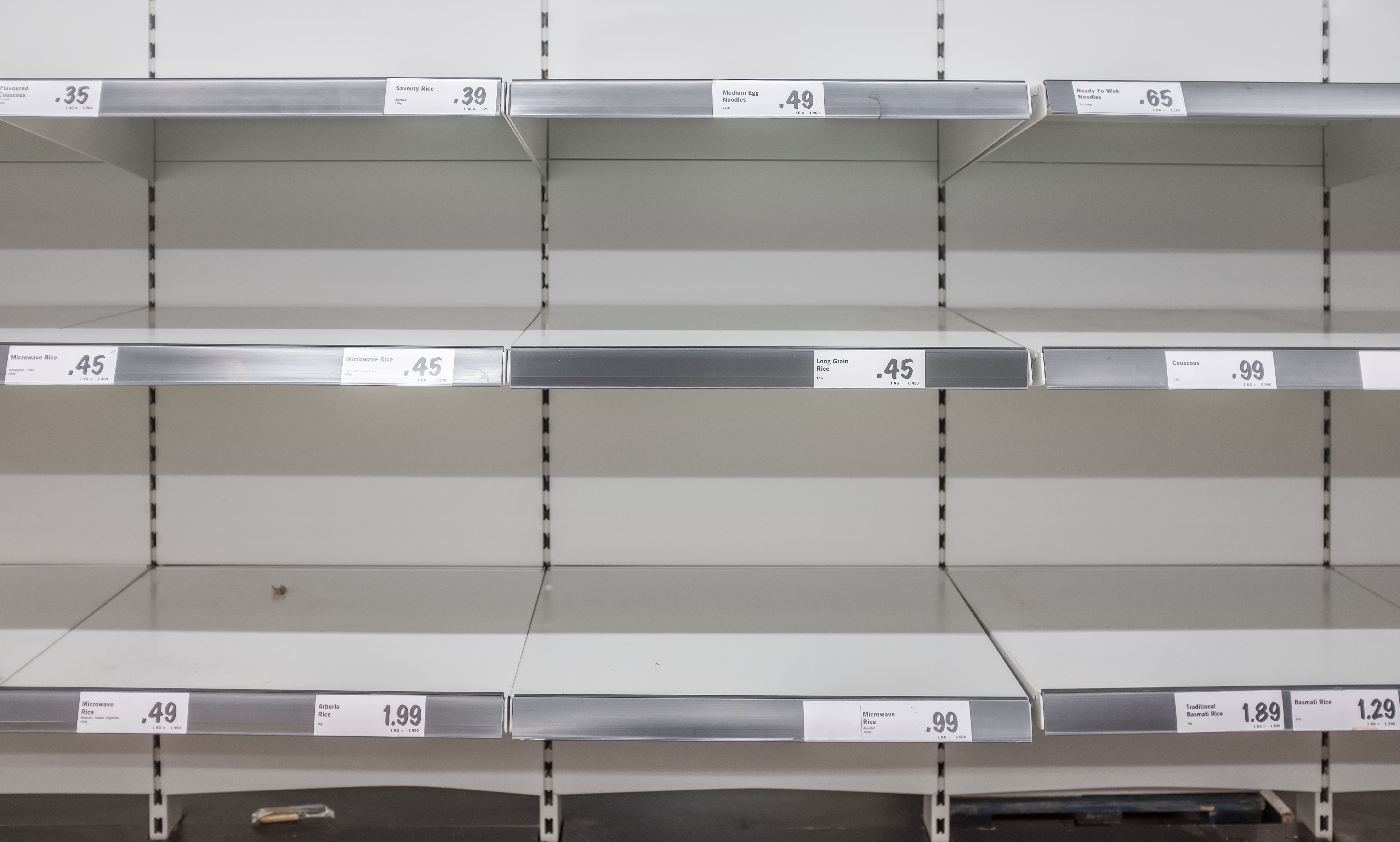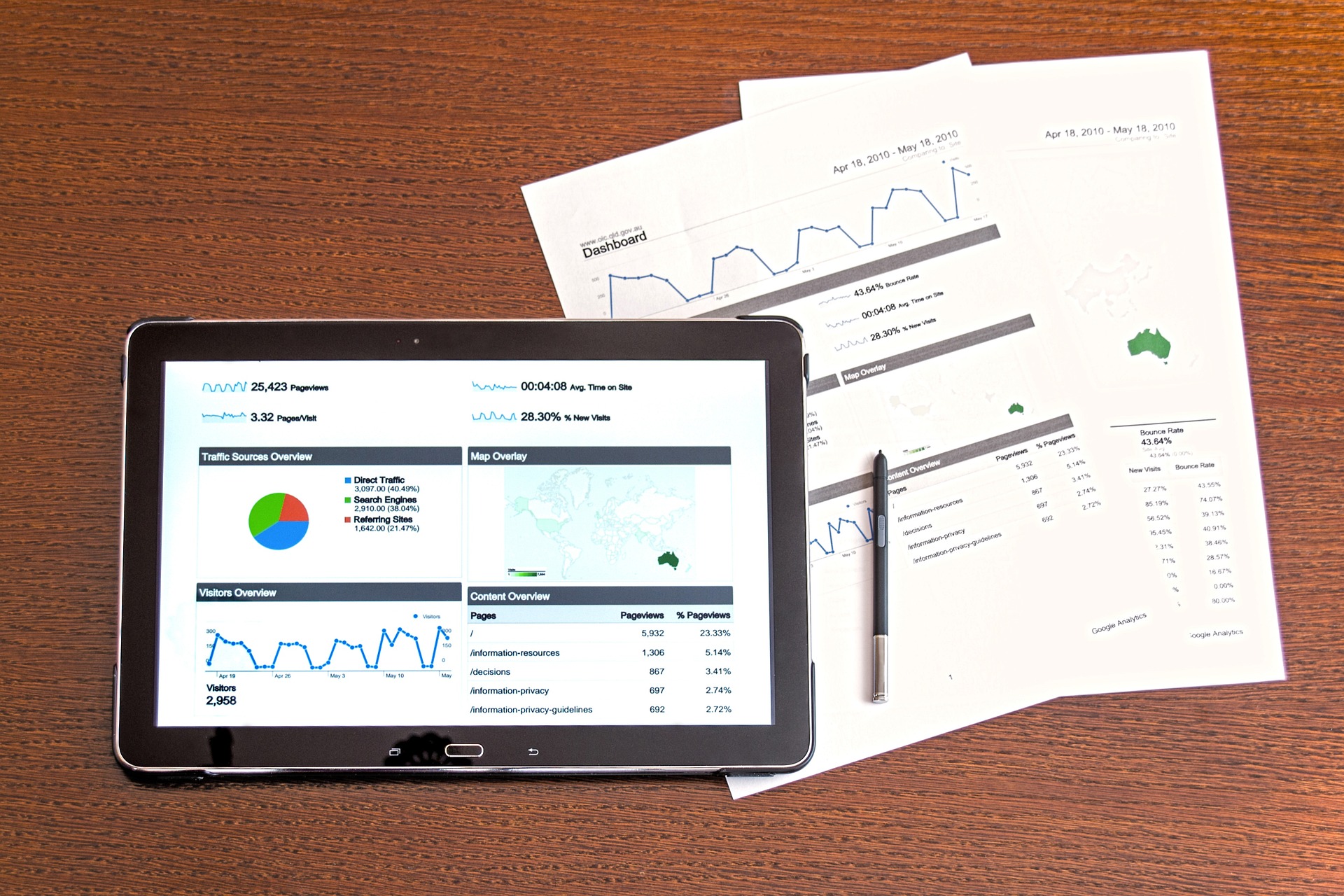How to Mitigate Supply Chain Risk from the Credit Department
Supply chain disruptions are more than an inconvenience. They can also do damage to your reputation — and your revenue. More and more, companies are enlisting their credit management to optimize supply chain risk mitigation.
In the complex game of supply chain management, risk mitigation strategies enable you to avoid common challenges before they come to fruition. Here are eight of today’s best supply chain risk mitigation strategies for credit managers.
How to Identify Supply Chain Risk
The first step when learning how to mitigate supply chain risk is developing the ability to identify risks at a company and portfolio level. At the company level, credit managers can start by assessing the financial health of suppliers. This can include analyzing financial statements, credit ratings, and any other relevant information that may indicate a supplier’s ability to meet their financial obligations. Additionally, credit managers should also consider the supplier’s industry and market conditions, as well as any potential geopolitical risks that may impact their business.
Use Data to Further Evaluate a Supplier’s Financial Health
At the portfolio level, credit managers can use data analytics and visualization tools to identify patterns and trends among suppliers. For example, they can look for commonalities among suppliers that have defaulted on payments, such as their industry, geographic location, or size. By identifying these patterns, credit managers can then take steps to diversify their supplier base and reduce their exposure to these specific types of risks.
With supply chain management, risk mitigation is everyone’s responsibility. The right platform can help your employees learn how to mitigate supply chain risk and keep your team working together to manage your operations.
Know the Signs Your Supplier’s Financial Health is Declining
Substantial financial stress makes for unreliable partners. Look for these key signs that a supplier’s financial health is suffering to support your supply chain risk mitigation efforts:
- Late or missed payments may indicate the supplier is having difficulty managing their cash flow.
- High levels of debt may make a supplier more vulnerable to financial stress, particularly if their revenues are not growing at a similar rate.
- A significant decline in sales can signify they may go out of business.
- The company is spending less overall, meaning its business is shrinking or is spending less on shipping, which could mean customers are not buying its products.
How to Mitigate Supply Chain Risk
Once supply chain risks have been identified, credit managers can implement a number of risk management strategies to mitigate them. These may include the following.
Diversify Your Suppliers
It’s never wise to put all of your eggs in one basket. By the same token, it’s unwise to source all of your products or materials from one supplier. If you only rely on a single supplier, you’ll be left high and dry if there’s a problem in sourcing materials or if your supplier experiences a setback.
Understandably, many companies choose a supplier based on cost efficiency. But having a backup can offer strategic value during supply chain snags. For example, if you currently rely on an international supplier for a critical product or material, have an alternative supplier based in the United States to avoid delays.
Identify Which Suppliers Are Essential
It’s important to know which suppliers are essential to your business. By identifying which suppliers are critical to business operations, credit managers can take steps to diversify the supplier base, reduce the company’s exposure to a single source of supply, plan for continuity of production, negotiate better terms on long-term contracts and prioritize monitoring the performance of these suppliers.
Develop a Contingency Plan
Once risks have been identified, the next step is to develop a set of procedures and actions that can be taken to minimize the impact of these risks on the company’s operations and financial performance. The plan should also include procedures for communicating with suppliers and other stakeholders, as well as procedures for activating the plan in the event of a disruption.
It’s important to involve other departments within the company, like procurement and logistics, in developing the contingency plan. These team members may have a better understanding of the supply chain and be able to provide input on the potential risks and actions to take. The contingency plan should be regularly reviewed and updated to ensure it remains effective in the face of changing market conditions.
Get Instant Updates on Potential Risks
Your key suppliers are essential to the operation of your business — if they become unreliable, you risk losing the ability to produce and sell your product. By implementing these supply chain risk mitigation strategies, you can greatly improve your company’s financial security.
Stay up to date with your supplier’s financial health effortlessly using Moody’s Analytics Pulse free credit monitoring services. Schedule a demo with one of our credit experts to learn how.





